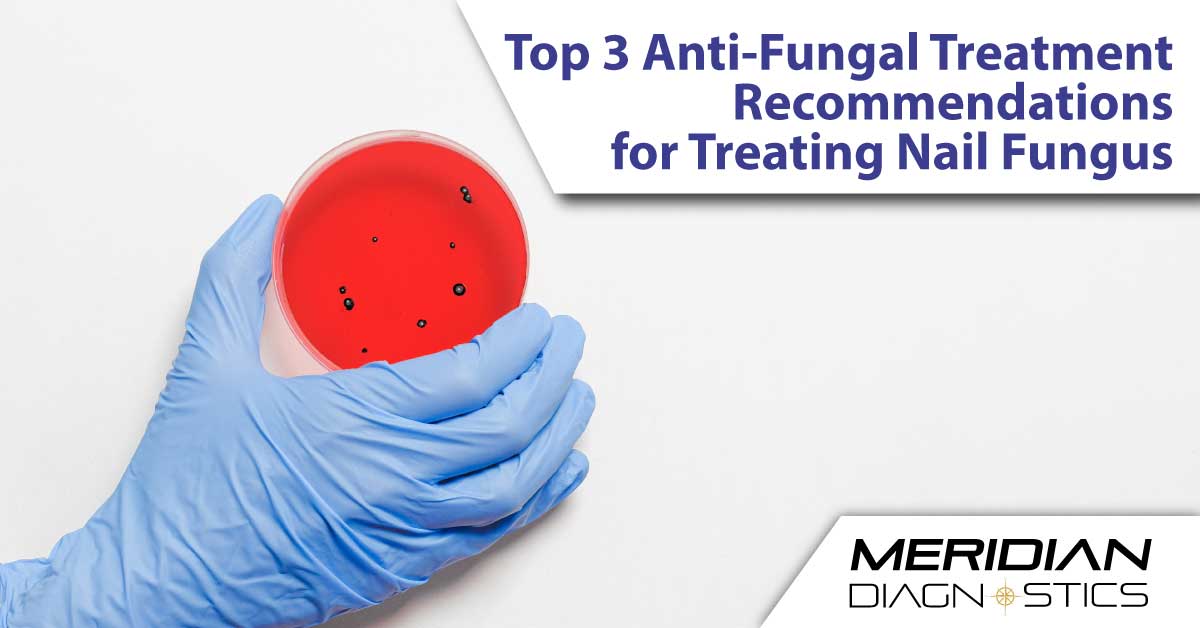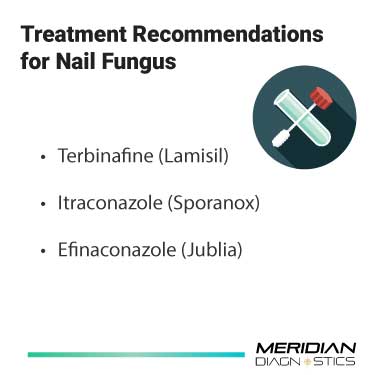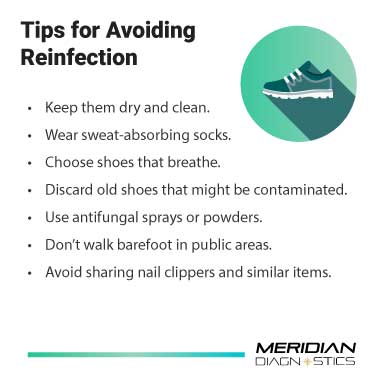
Nail fungus, medically known as onychomycosis, is a common condition that begins as a white or yellow spot under the tip of your fingernail or toenail. As the fungal infection goes deeper, nail fungus may cause your nail to discolor, thicken, and crumble at the edge. But fear not, effective treatments are available, and the prognosis is good with proper care.
Top 3 Treatment Recommendations for Nail Fungus
-
 Terbinafine (Lamisil)
Terbinafine (Lamisil)
Terbinafine, sold under the brand name Lamisil, is one of the most commonly prescribed treatments for nail fungus. It’s an oral antifungal medication that works by inhibiting the growth of fungi. Treatment typically involves a daily dose for 6 weeks for fingernail fungus and 12 weeks for toenail fungus. Recovery time varies, but patients often see improvement within a few months as the nail grows back. Complete cure rates are high, but it can take 6-12 months for the nail to clear completely.
- Itraconazole (Sporanox)
Itraconazole, marketed as Sporanox, is another oral medication used for nail fungus treatment. It works by inhibiting the growth of various types of fungi. Like Terbinafine, treatment duration depends on the site of infection, with a general course of 6-12 weeks. The medication continues to work even after you have stopped taking it, with nails typically taking 9-12 months to fully clear.
- Efinaconazole (Jublia)
Efinaconazole, known by the brand name Jublia, is a topical solution applied directly to the affected nail. It’s particularly beneficial for those who prefer a topical treatment or have contraindications to oral medications. Treatment involves daily application for about 48 weeks. Improvement can be seen in as little as 12 weeks, but full recovery usually takes up to a year.
Recovery Time and Avoiding Reinfections
 Recovery time varies from person to person. Generally, a complete cure is achieved when a new nail free of infection has grown in. This can take 6-12 months or more, depending on the severity of the infection and the treatment method.
Recovery time varies from person to person. Generally, a complete cure is achieved when a new nail free of infection has grown in. This can take 6-12 months or more, depending on the severity of the infection and the treatment method.
To avoid reinfections:
- Keep your nails dry and clean. This prevents bacteria and fungi from growing under your nails.
- Wear sweat-absorbing socks and change them regularly if your feet get sweaty.
- Choose shoes made of materials that breathe.
- Discard old shoes that might be contaminated with fungi.
- Use antifungal sprays or powders in your shoes and on your feet.
- Don’t walk barefoot in public areas such as gyms, showers, and pools.
- Avoid sharing nail clippers and other personal items.
Always consult with a healthcare provider for a diagnosis and to discuss the best treatment plan for your situation. Early treatment is key to preventing the spread of the fungus and achieving a faster recovery.
For more information visit us at MeridianDiagLabs.com.
Note: The information provided in this article is intended for general knowledge and is not a substitute for professional medical advice. Always seek the guidance of your doctor or other qualified health provider with any questions you may have regarding a medical condition.

